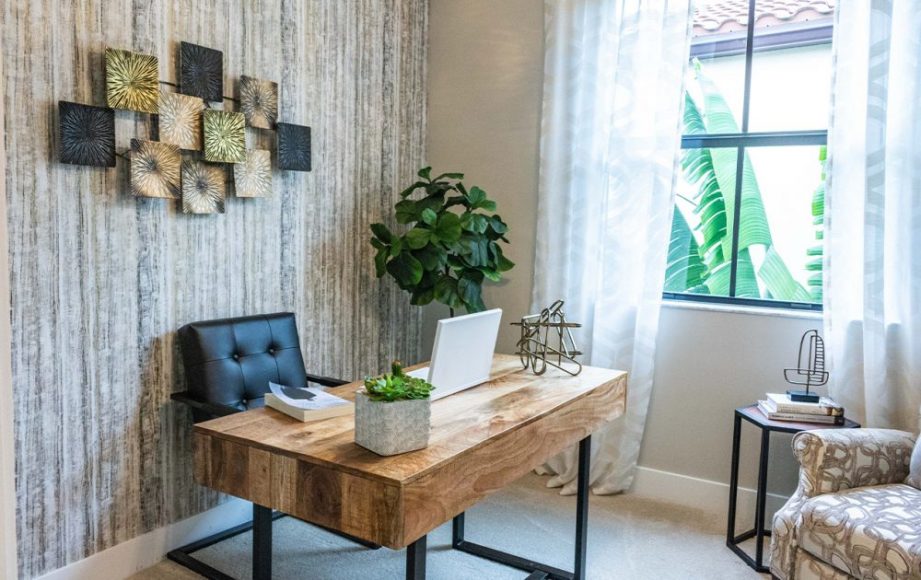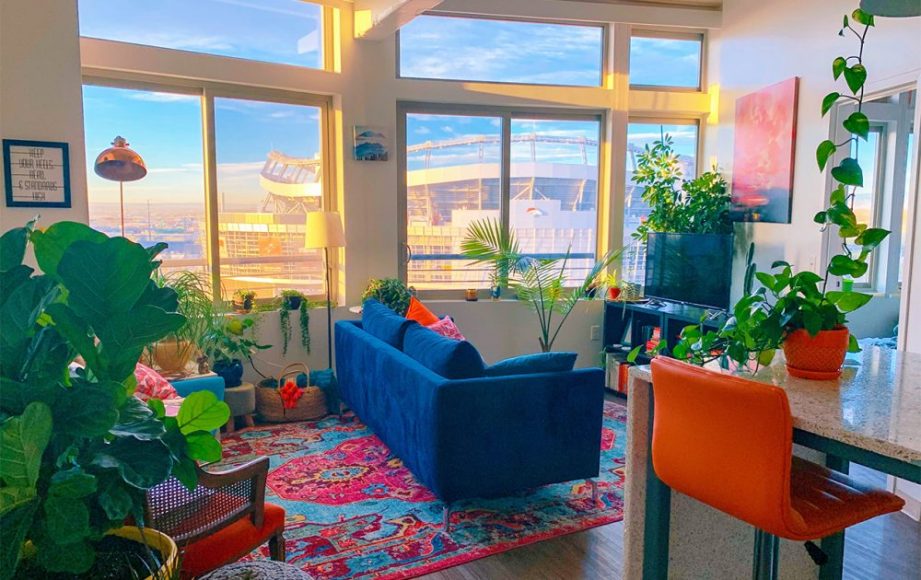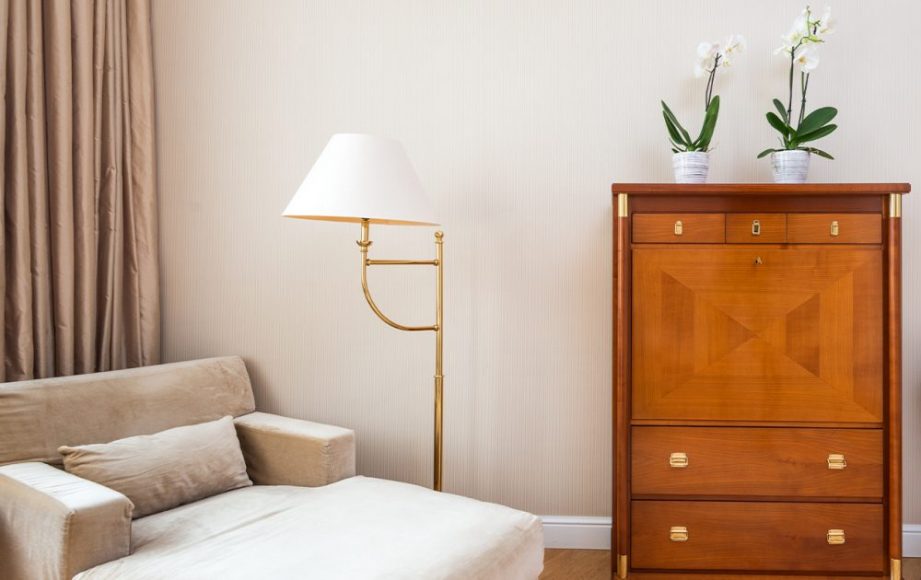If it’s your first time leaving the nest and moving into your place or you’re building a home with your significant other, chances are, you’ll have different furniture and decor styles to blend. It may seem impossible to mix pieces from multiple generations and conflicting styles, but with our tips and tricks, you’ll be able to create a cohesive look that will make you feel at home in no time.
You may also get a decent education with a good interior design course, especially if you plan to turn this styling hobby into a full-blown career. In the meantime, let this article answer your questions about this topic.
1. Choose a Neutral Backdrop
Warm neutrals like beige work excellent as a base for blending styles, especially darker tones. The trick is to choose a dominant hue per room and then pick pieces that fit in with that hue, to avoid sensory overload.
Not every chair, pillow, or decór item has to have the same style – sometimes less is more! As long as they complement each other and fit in with the neutral background, they can create a cohesive look that ties everything together.
2. Don’t Divide a Room
Building on the previous idea, try to avoid dividing rooms into different styles. Contemporary and traditional styles can blend if done correctly. Also, avoid grouping similar items in one space, like a floral corner. You can achieve more balance when combining different style elements in every room.
3. Come Up With a Color Palette
One of the easiest ways to create cohesiveness is to stick to a color palette throughout your entire home. If you work with specific colors, you can easily blend in a few stand-out pieces with unexpected styles.
Assess the existing furniture and decor you have and identify your absolute must-haves to get some color inspiration for an overarching theme.
Pick three main colors: the walls and floors should dominate the first color, while your furniture color should come in second. The third color can cover about 10% of the room through accents and decór.
4. Combine Similar Shapes and Patterns
Ultimately, your goal shouldn’t be to create a homogenous look, but rather to ensure that each piece fits into the bigger picture.
By repeating patterns, textures, and shapes throughout the house, you allow different styles to blend harmoniously. Simply mix similarities in furniture pieces, wall decor, flooring patterns, and textiles in a subtle way to achieve visual interest and a more cohesive look.
5. Avoid Themes
From shabby chic to vintage, and modern, many styles define people’s homes. When blending different styles, work with pieces or details that you love and try to work around those instead of focusing on specific themes. Instead of following certain design rules, create a unified look by highlighting your absolute must-haves.
6. Upgrade Old Furniture
If you’re a newlywed, you’re probably bringing in a mix of inherited furniture, travel purchases, and personal items. Sometimes the best way to blend different styles is not by getting rid of pieces, but by updating them. And the cheapest way to do that is by using color.
Painting a vintage console or coffee table in a neutral color that blends in with the rest of your furniture allows you to keep a beloved piece while helping it match the style of the rest of your home. Plus, you can give your furniture a new lease of life by doing so – almost as if you have purchased something brand new!
7. Carve Out Individual Spaces
Even if you’ve moved in with your partner to be closer to one another, everyone needs some personal space and time each day. That’s why it’s a great idea to carve individual space in your new home, a place that you can decorate completely to your liking.
Whether you want to create a mini library with bean bags and a journaling nook or a plush green garden haven, this space doesn’t have to blend styles and can, instead, be a refuge for just you alone. Perhaps this is an office, a desk, or a nook. However big your apartment or house, try to find a spot that’s meant for just you alone.
8. Consider Scale
While blending colors is easy, matching furniture pieces of different sizes can be difficult. Always consider the size of tables, chairs, closets, and other furniture about each other.
Since some pieces will be naturally bulky and others minimalist and small, try to group items of the same scale. Putting a high coffee table in front of a low-seating sofa looks awkward. Sticking to the same size creates cohesion and harmony inside your home.
9. Create Balance
It’s not uncommon for partners to have opposing styles and tastes. If you prefer dark wooden colors while your significant other enjoys bright neons, find a middle ground by striving for balance.
Simply work to incorporate both preferences in the main rooms through wall color, floor texture, furniture pieces, and colorful accents. This way, you build a home that you both truly feel safe and comfortable in.
See Also: Natural & healthy living with solid wood furniture
The Takeaway
Blending styles in a new home can be both exciting and difficult. While you may think that you have to get rid of pieces that don’t match, there are ways to mix them cohesively. To help tie different styles together, add beautiful decór to each room and soon you’ll have well-designed spaces where no single style stands out but every piece coexists in perfect harmony.











